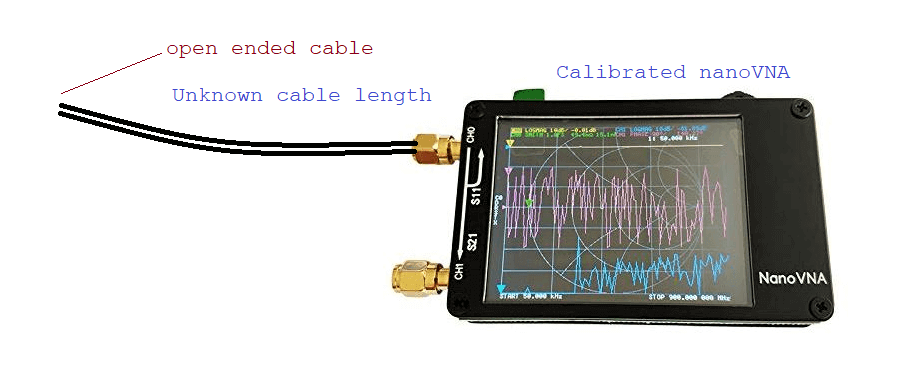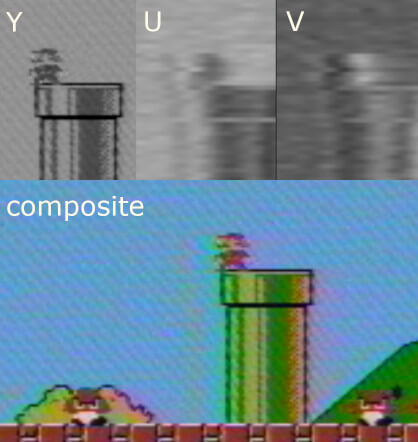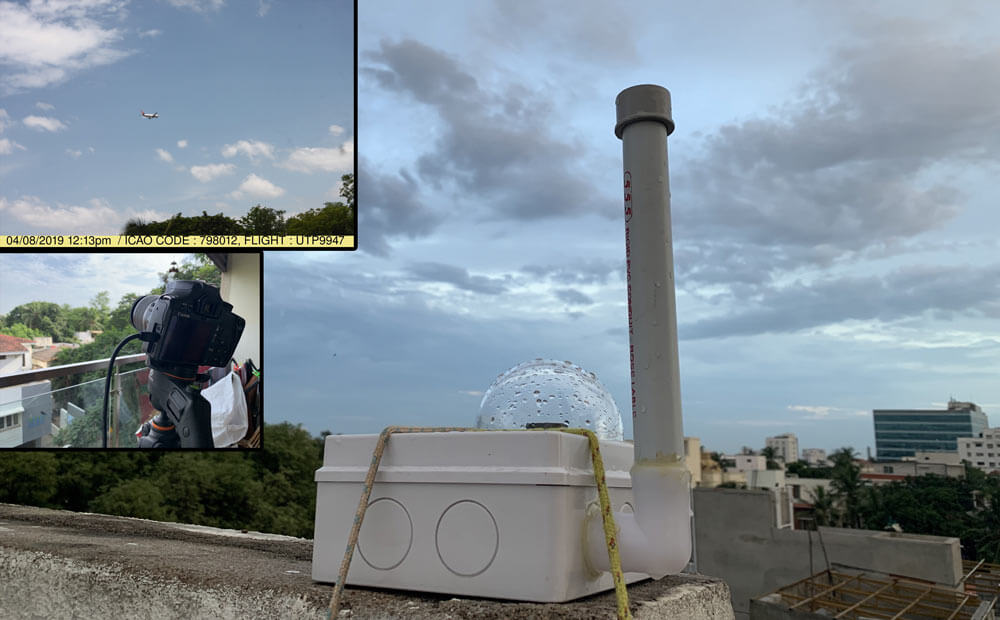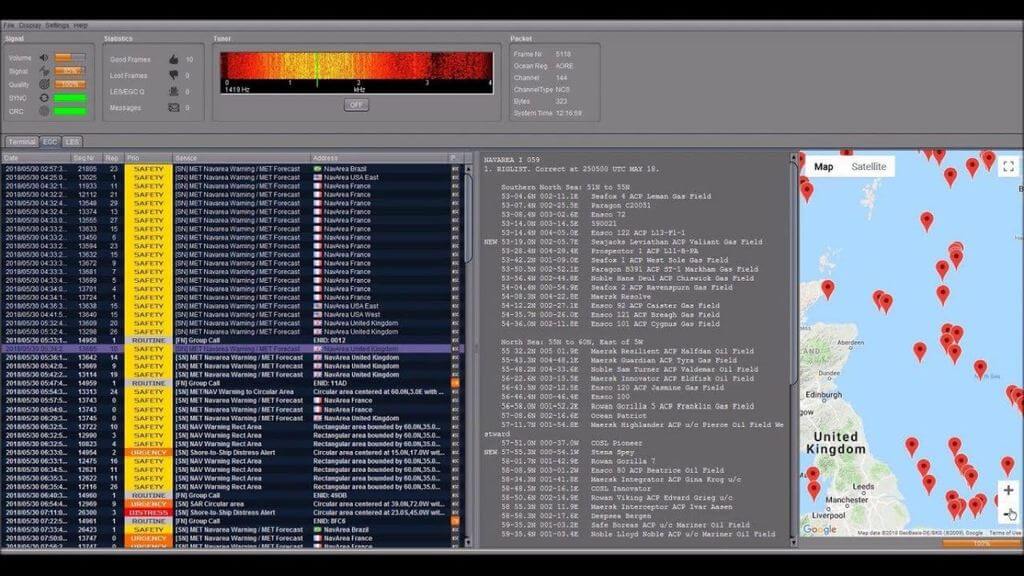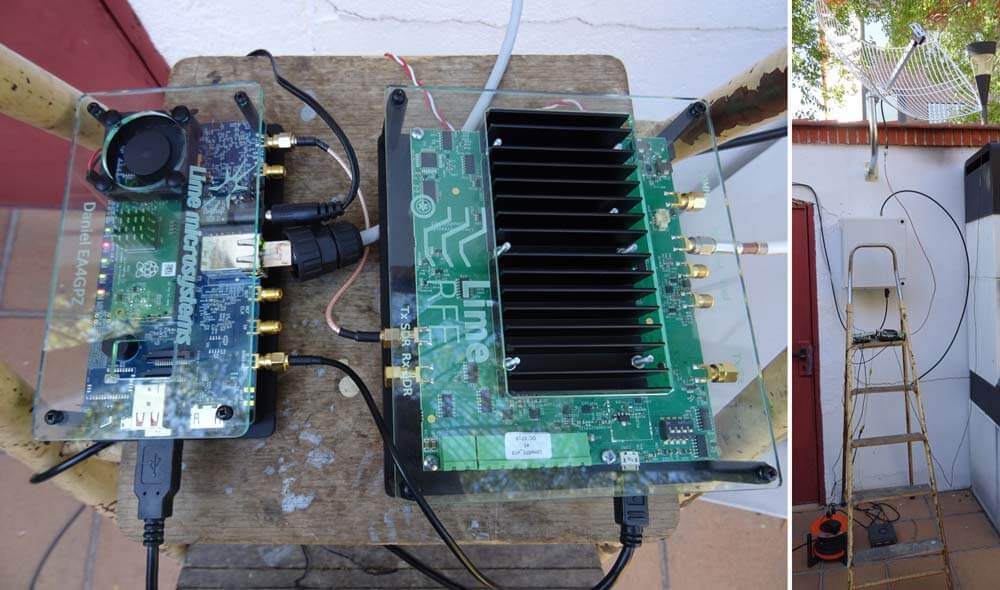The Airspy HF+ Discovery is a new US$169 software defined radio that recently began shipping. On HF it can tune from 0.5 kHz to 31 MHz, and on VHF from 60 to 260 MHz.
It is advertised as having extremely high dynamic range and sensitivity, comparable to high end (and much more expensive) SDRs. High dynamic range means that extremely strong powerhouse stations will not block weaker stations from being received. On lower end SDRs strong stations can cause an SDR to overload, resulting in poor reception.
The HF+ Discovery is an improvement over the original HF+ (now known as the HF+ Dual Port). Back in 2017 we reviewed the original HF+ and found it's performance to be excellent. However, a number of people found that by using low loss preselectors the performance could improve the performance even further.
Originally Youssef (the developer of Airspy products) began designing a low cost preselector add on for the HF+ Dual Port, in order to increase the already great dynamic range. However, it was deemed too difficult for users to retrofit their devices. The result was the creation of the HF+ Discovery, which combines these preselectors with the already excellent HF+ SDR circuitry. Compared to the HF+ Dual, the Discovery is much smaller, and comes in a plastic case rather than a metal one. Instead of the split HF/VHF dual ports seen on the HF+ Dual, the Discovery only has one port that covers both bands. Overall performance with the preselectors is increased, and the price is even lower than the HF+ Dual Port.
Over the past few weeks a number of reviews and comparison videos have come out. Below we list a few that we found interesting.
In this video, the Techminds YouTube channel gives an overview on what the HF+ discovery is, and then gives a quick demo. If you haven't heard of the HF+ Discovery before then this is a good introduction.
The following video by Leif (sm5bsz) is the most technical, as he performs sensitivity and dynamic range lab tests on multiple SDRs including the Microtelecom Perseus, Airspy HF+ Dual Port, Airspy HF+ Discovery, Airspy Spyverter plus Airspy, SDRplay RSP1 and AFEDRI SDR-Net.
If you want to skip the testing procedures, a summary of the results are presented at 16:20, 31:06, 38:19, and 53:55 video time. In most tests the HF+ Discovery is the second best, after the Perseus.
The first in a series of videos that compare the dynamic range of six receivers: Microtelecom Perseus, Airspy HF+ Dual Port,, Airspy HF+ Discovery, Airspy Spyverter plus Airspy, SDRplay RSP1 and AFEDRI SDR-Net. Here blocking and second order intermodulation is studied with signal generators. Attenuators are used to make the noise figure 26 dB of all radios at the output of the 6 port Wilkingson splitter. This video is for dynamic range on 7.2 MHz. The Discovery is a pre-production unit and the noise figure is a little higher than that of regular production units for unknown reasons.
In this article over on the SWLing Blog guest poster Guy Atkins submits a comparison video between the Airspy HF+ Discovery and an Elad FDM-DUOr ($899). Results appear to show that the HF+ has close to identical performance.
Over on YouTube icholakov has posted two comparison videos. In the first he compares the HF+ Discovery to the HF+ Original. In the second video he compares the HF+ Discovery against an SDRplay RSP1A.
We've posted about this review before, but it's still one of the best. Here Fenu-Radio compares the HF+ Discovery against a very expensive Winradio G33DDC and posts multiple comparison audio files. He concludes that the HF+ Discovery compares favorably to the WinRadio.
In this post, Arctic DX measures the sensitivty of the HF+ Discovery, providing a very useful sensitivity comparison table against multiple other SDRs. The HF+ Discovery comes in with excellent numbers.
Over on Twitter there has been a lot of activity too. In the following Tweet, Simon Brown, author of the popular SDR-Console V3 application notes that the HF+ Discovery is virtually immune to strong signals.
We've also seen how the HF+ Discovery's LF performance is so good that it's possible to simply connect a photodiode and see the light spectrum produced by CFLs.
